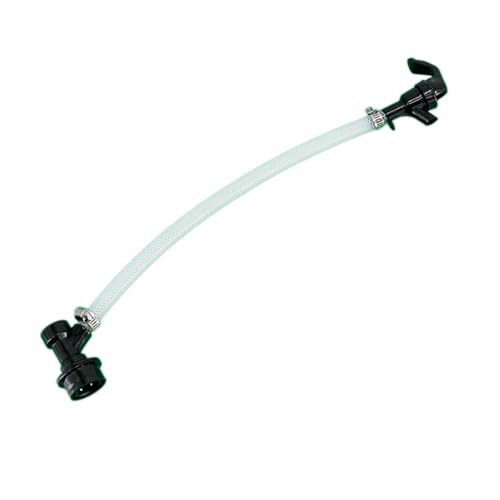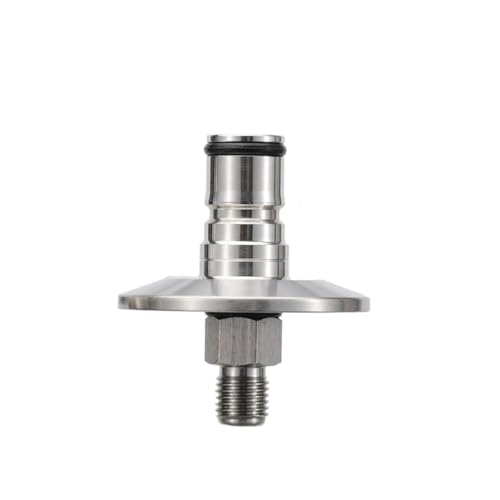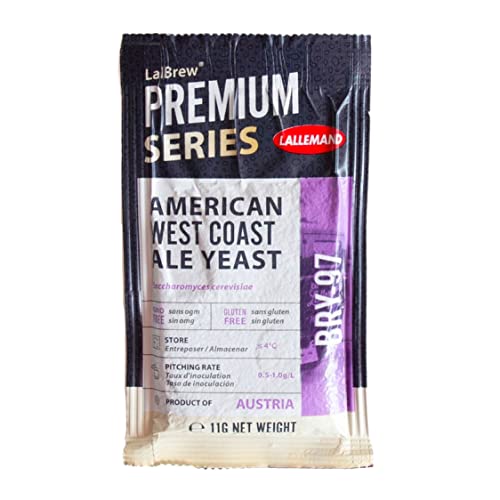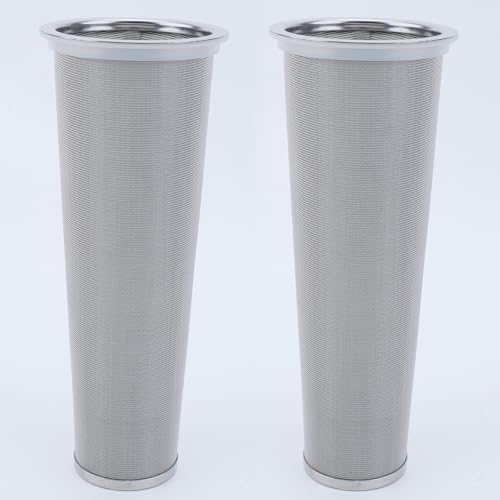I realize this thread is a few months old but here's to hoping someone is around to listen. First let me say thank you Rocketman for sharing such a simple to implement design!
I built upon this design to make a dual-stirplate using identical components to yours with the exception of a 556 dual timer instead of the 555. I wired up each half of the 556 just like your 555 and it's working great with one minor exception.
The only issue I'm having is that if I turn *either* potentiometer knob then *both* fans respond. I can't figure it out as the 556 halves are supposed to be completely isolated with the exception of Vcc and ground. I've triple checked the circuit and aside from the 556 itself there's nothing crossing from one half of the breadboard to the other so I can't figure out why this is happening.
I've attached a wiring diagram for my breadboard in case anyone thinks they can help. Also the higher level circuit schematic in case you need the 556 pinout. This isn't the exact physical wiring of my board in it's final state, but it does match electrically. I made this easy to read, symmetrical version for pre-planning the circuit, but in the final layout I spread the components out and relocated some connection points for easier routing inside my box. Again though, it's electrically representative, just easier to read.
Thanks in advance to anyone that can point out what I've done wrong. If we can figure this out I'd love to post more information about my stir plate in case anyone else is interested in building a double.
Edit: So after posting this I got the idea to study the circuit diagram a bit instead of just studying my breadboard looking for mistakes, and I have a guess at the problem. For the record my capacitors are non-polar electrolytics because that's all Radioshack had. As such I'm guessing the voltage at Pin 2 is bleeding down through the "left" cap, back up through the "right" cap and affecting Pin 10 (or vice-versa). I should be able to prevent this with another pair of diodes, one between each cap and ground, to prevent any flow between those halves. Does that seem to make sense? I think I'll swing back through Radioshack tomorrow to give it a try as I can't see any other method for voltage on one half of the circuit to cross over to the other. If anyone else sees anything please let me know.





![Craft A Brew - Safale S-04 Dry Yeast - Fermentis - English Ale Dry Yeast - For English and American Ales and Hard Apple Ciders - Ingredients for Home Brewing - Beer Making Supplies - [1 Pack]](https://m.media-amazon.com/images/I/41fVGNh6JfL._SL500_.jpg)






















































